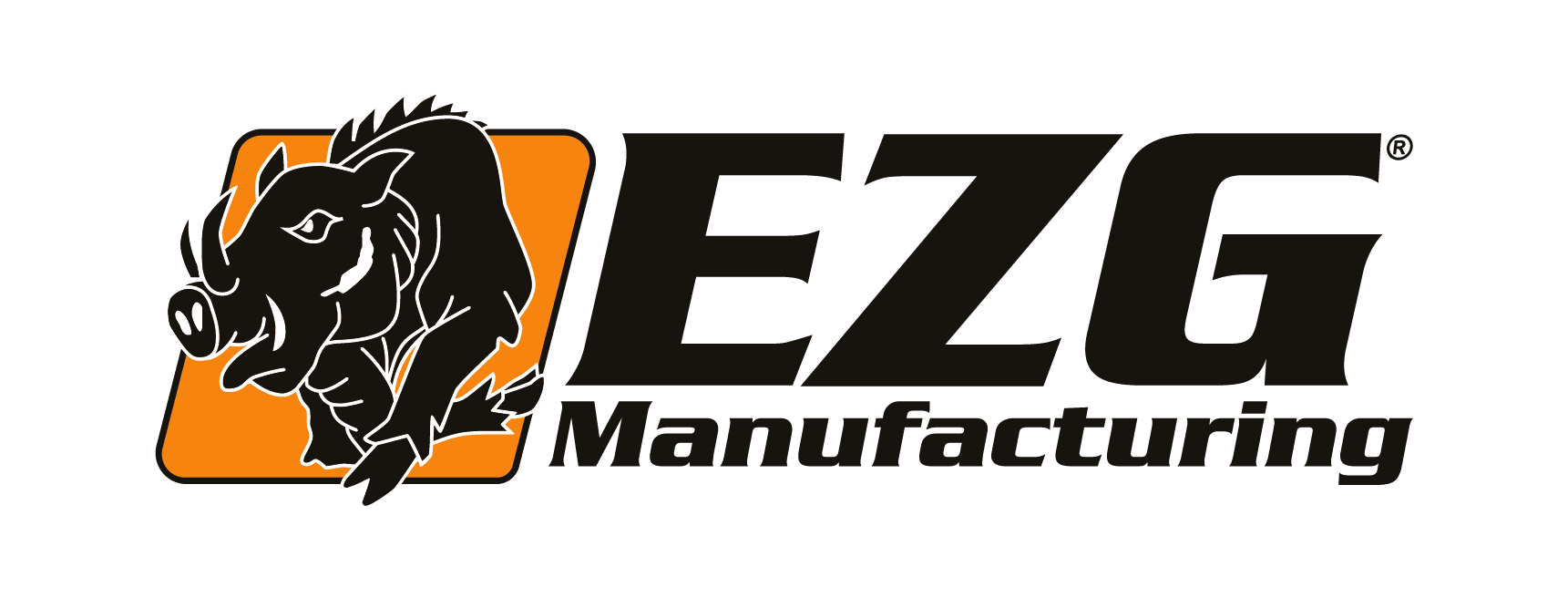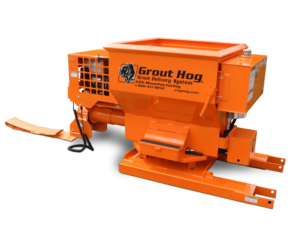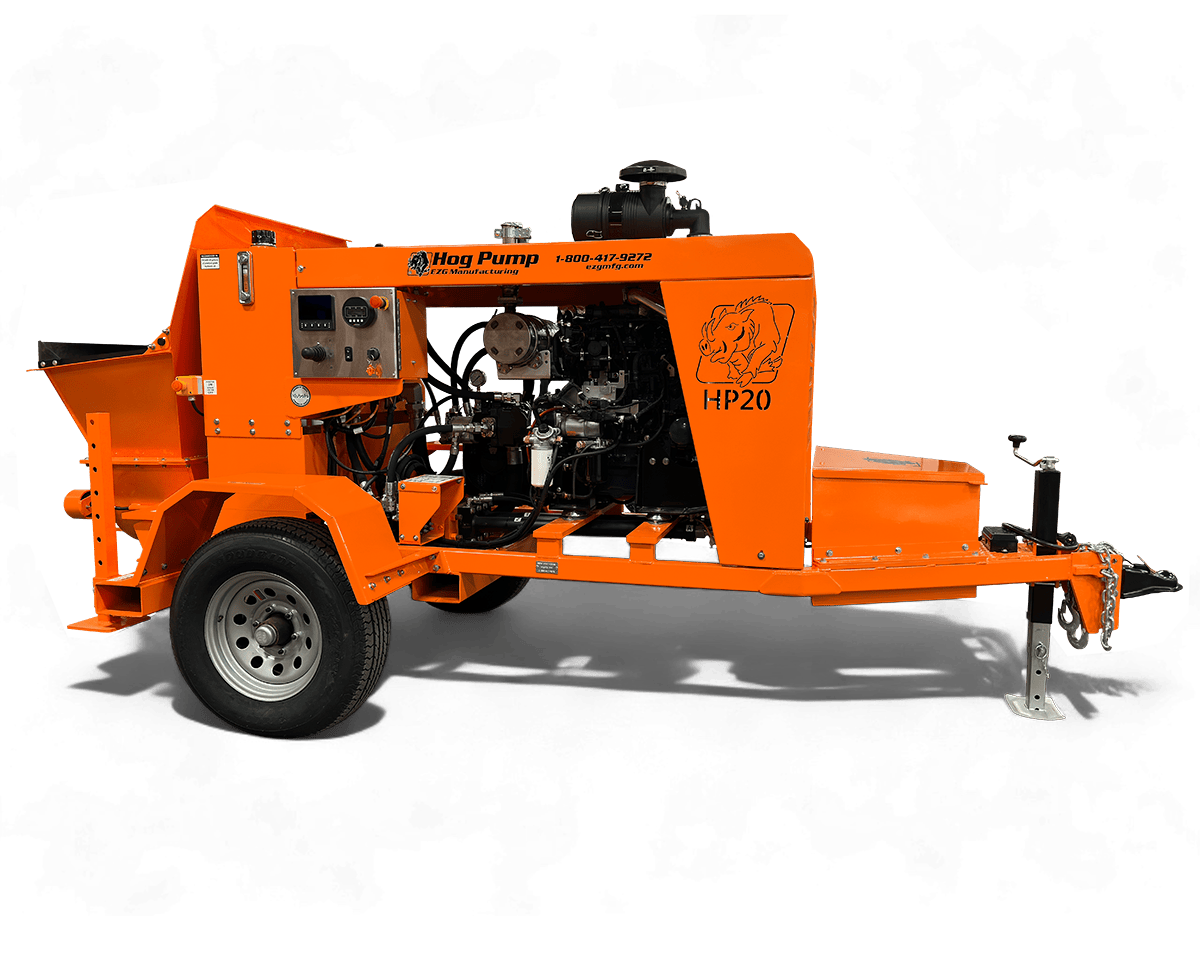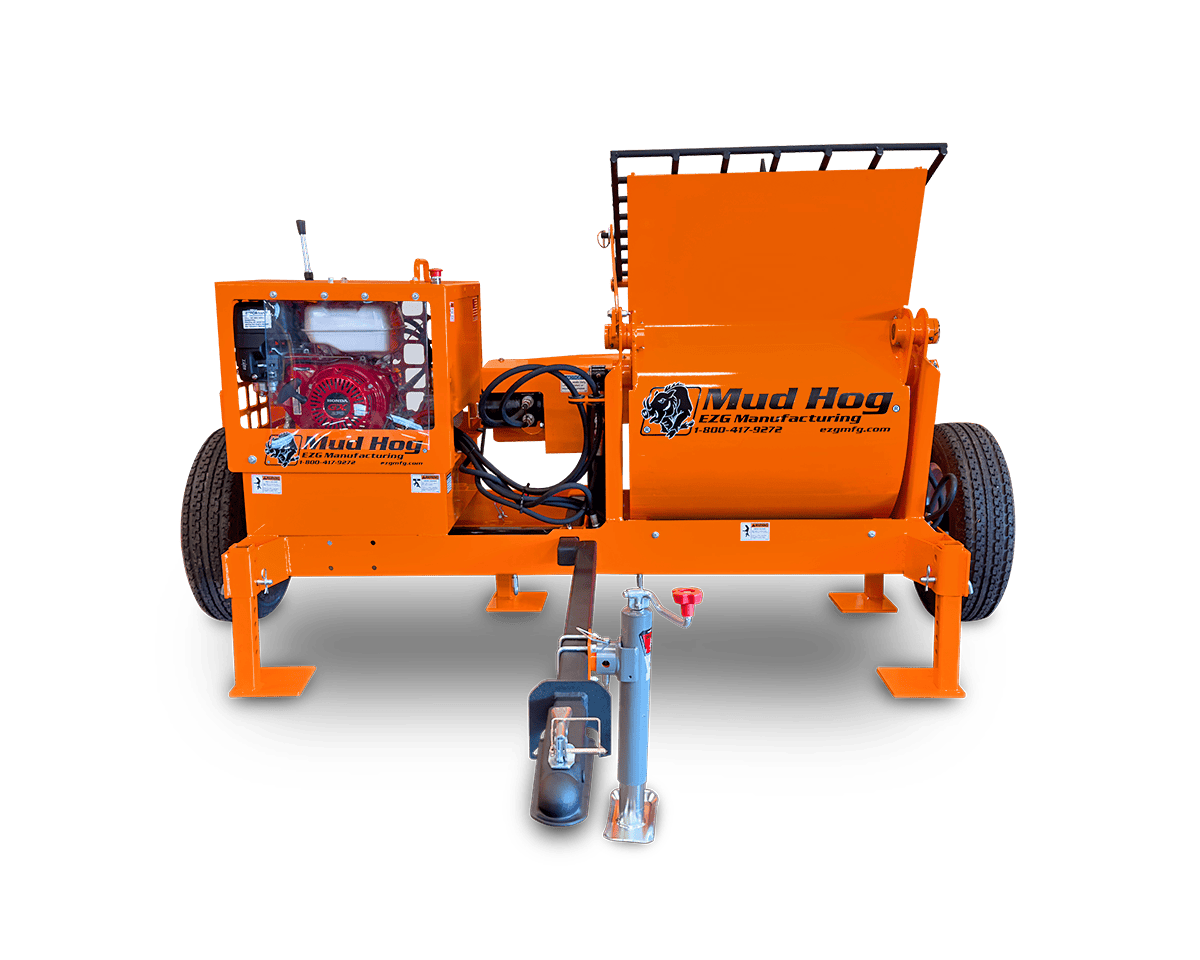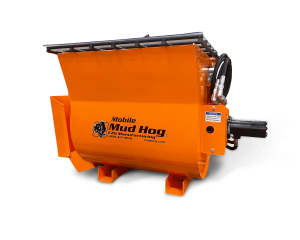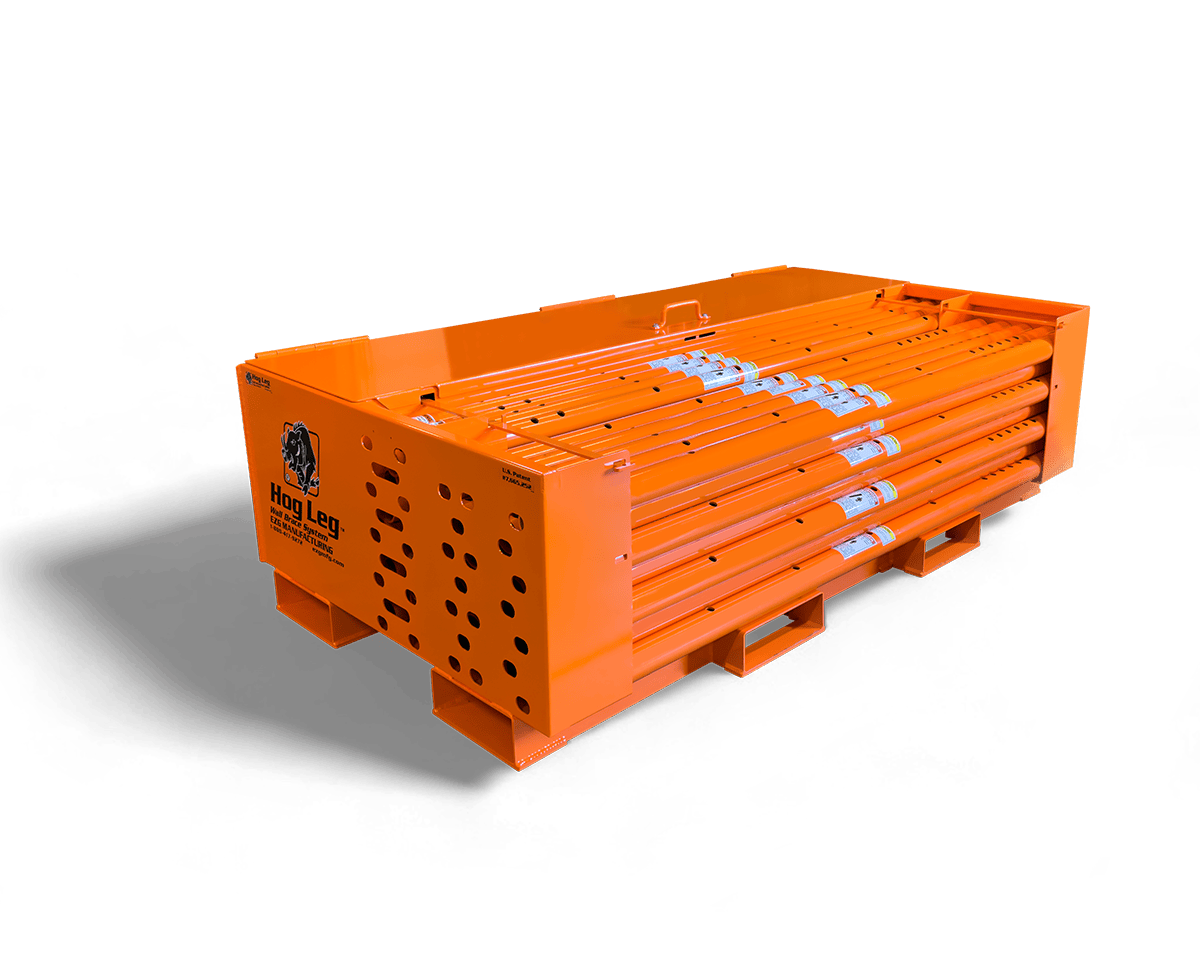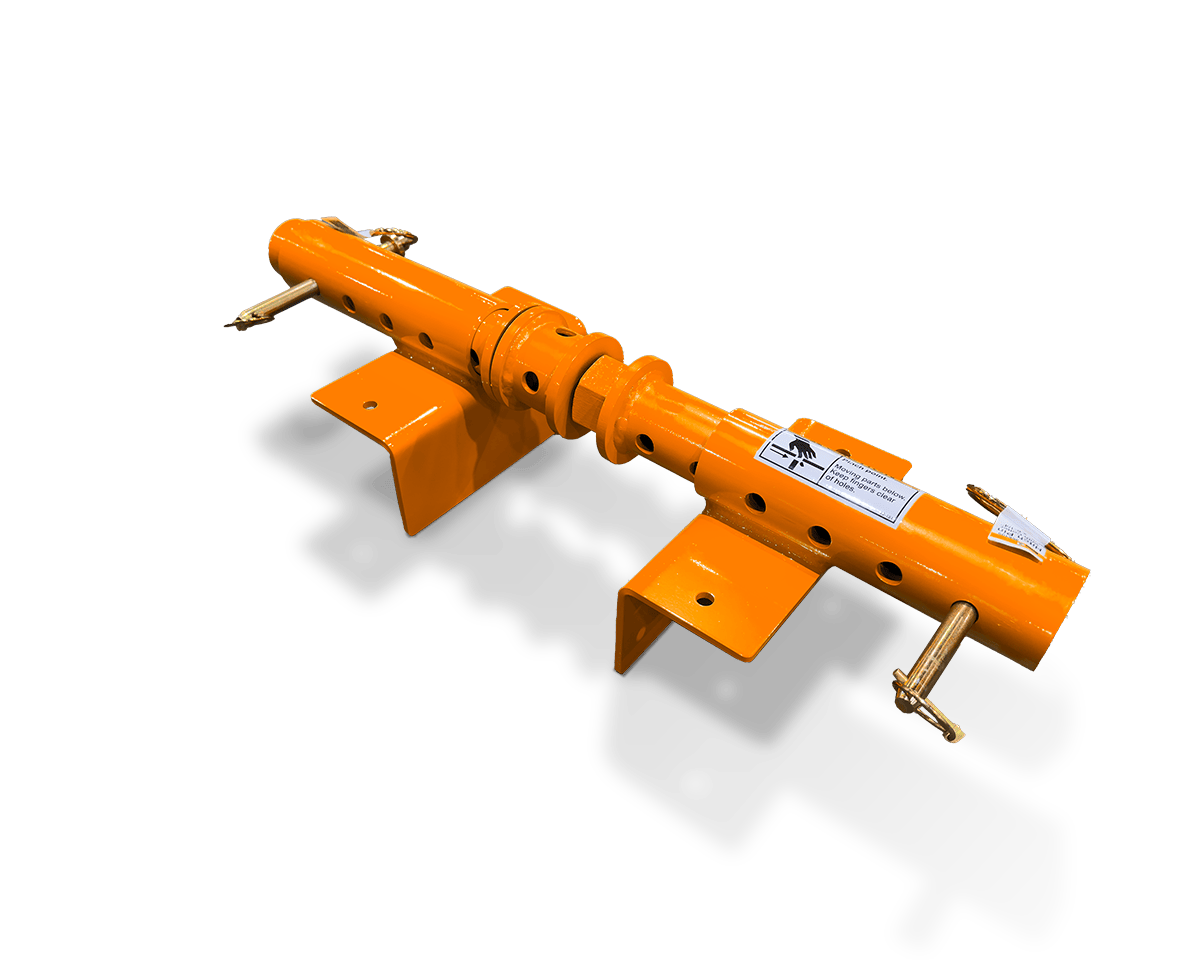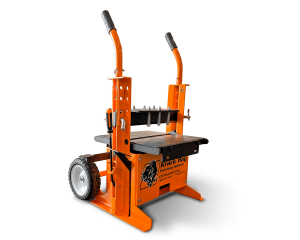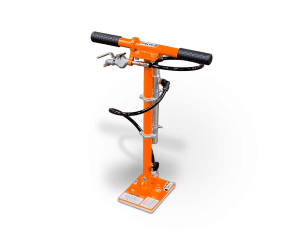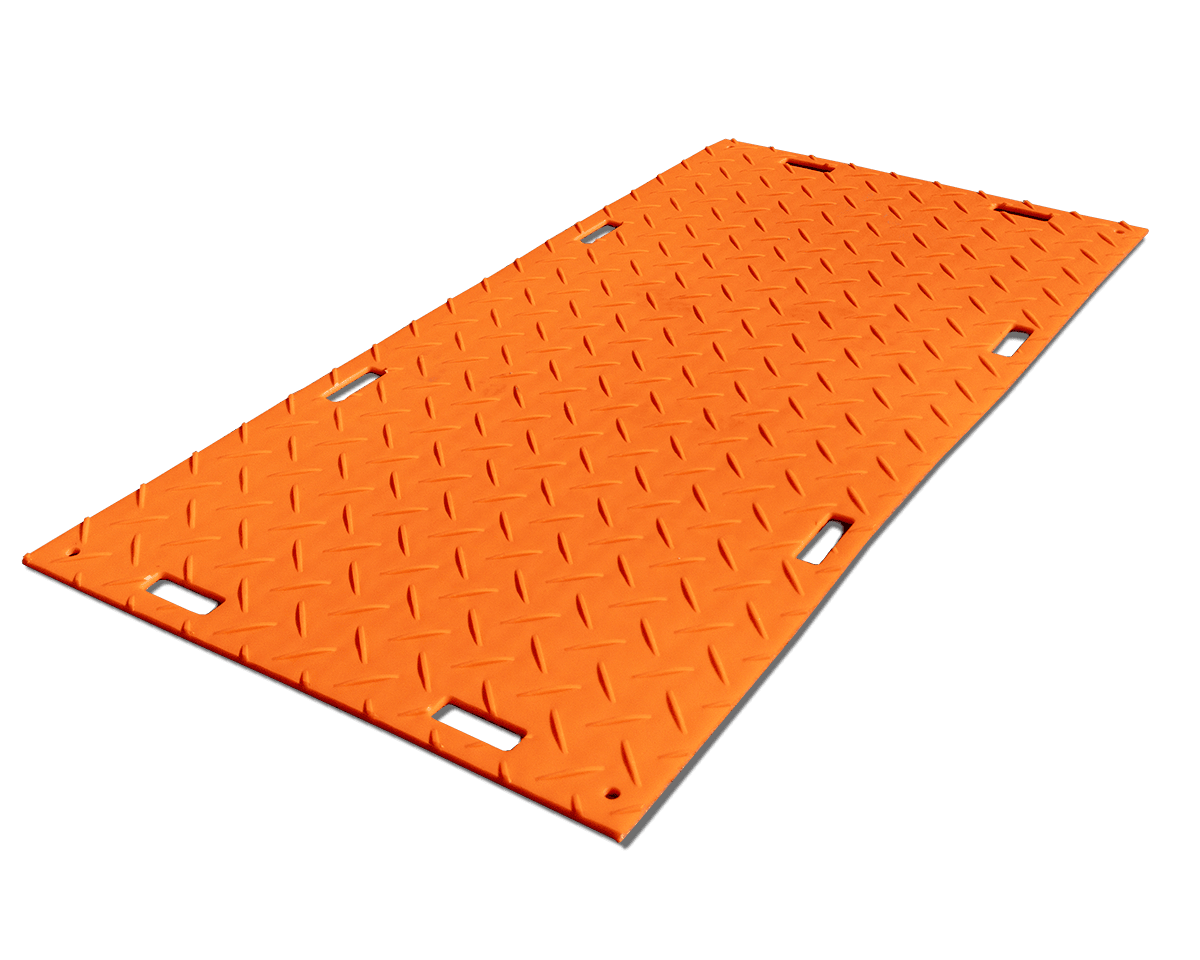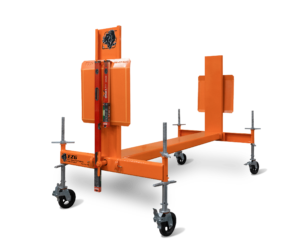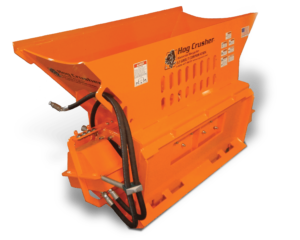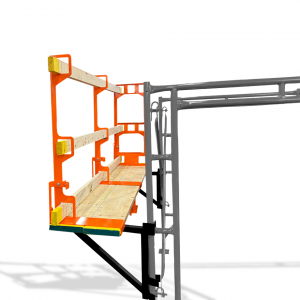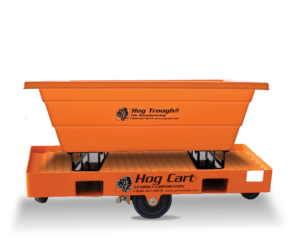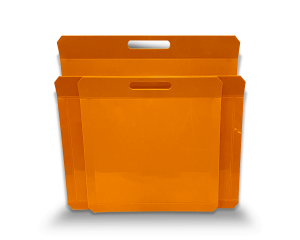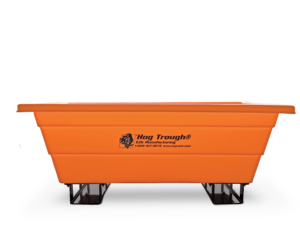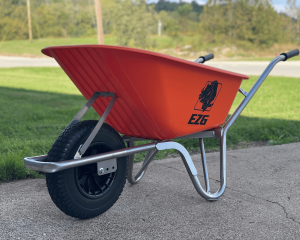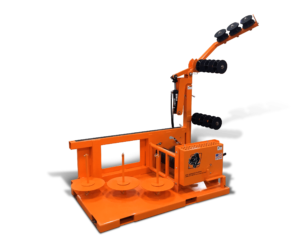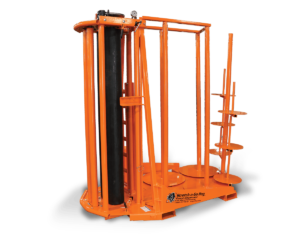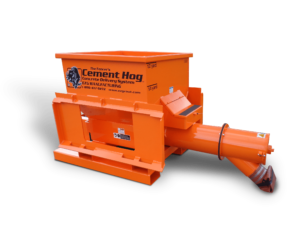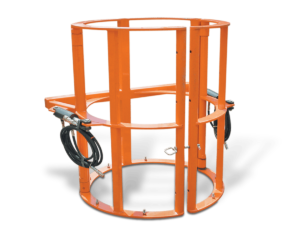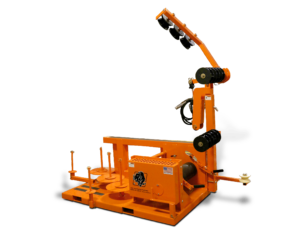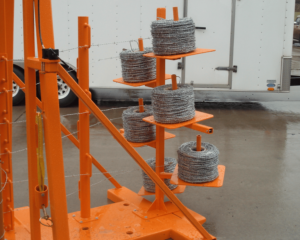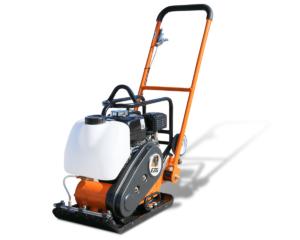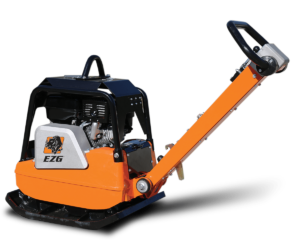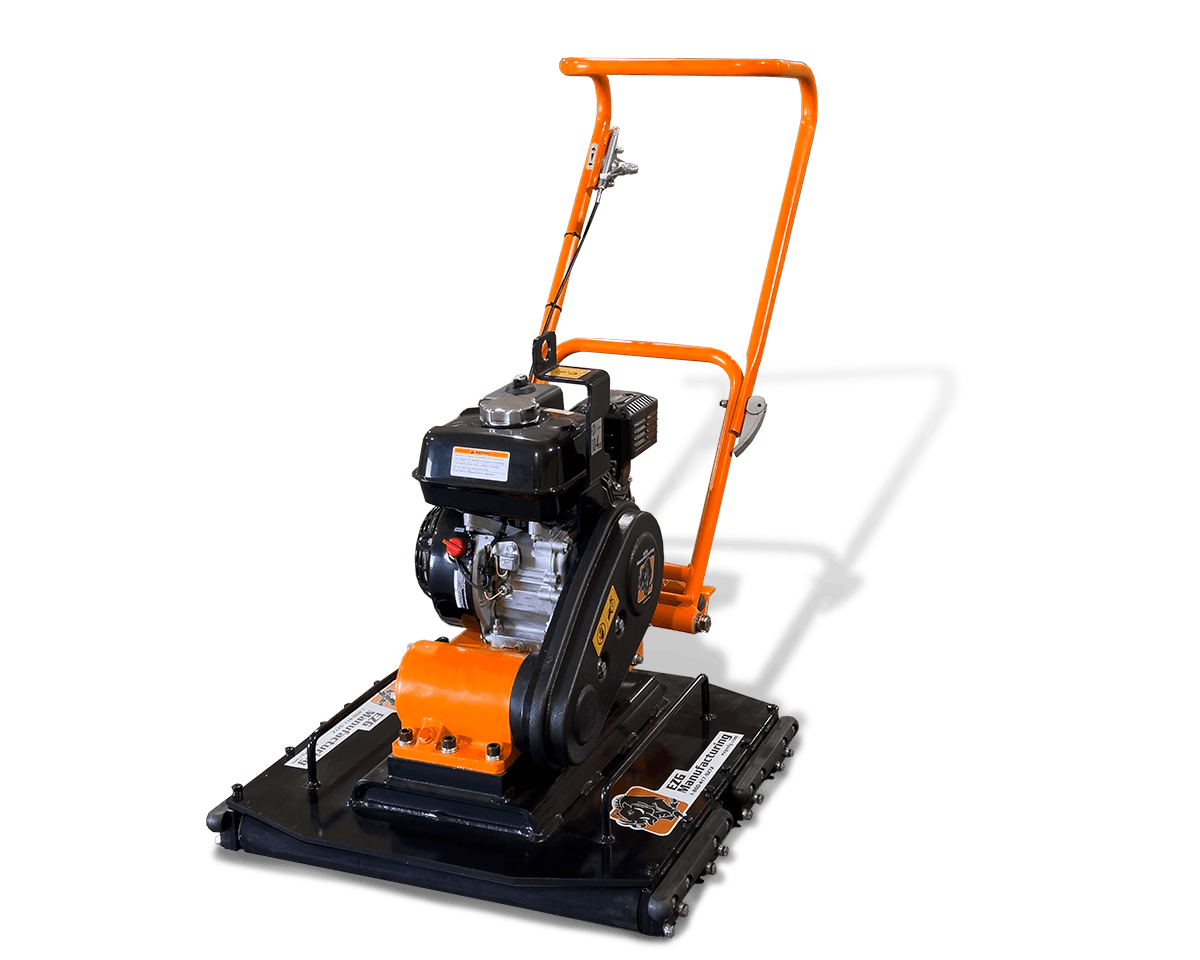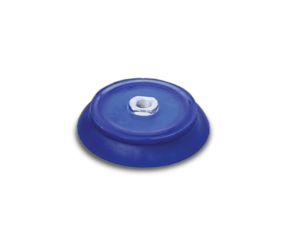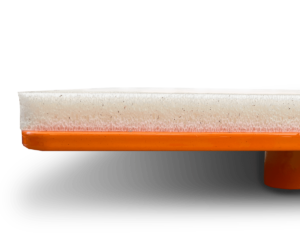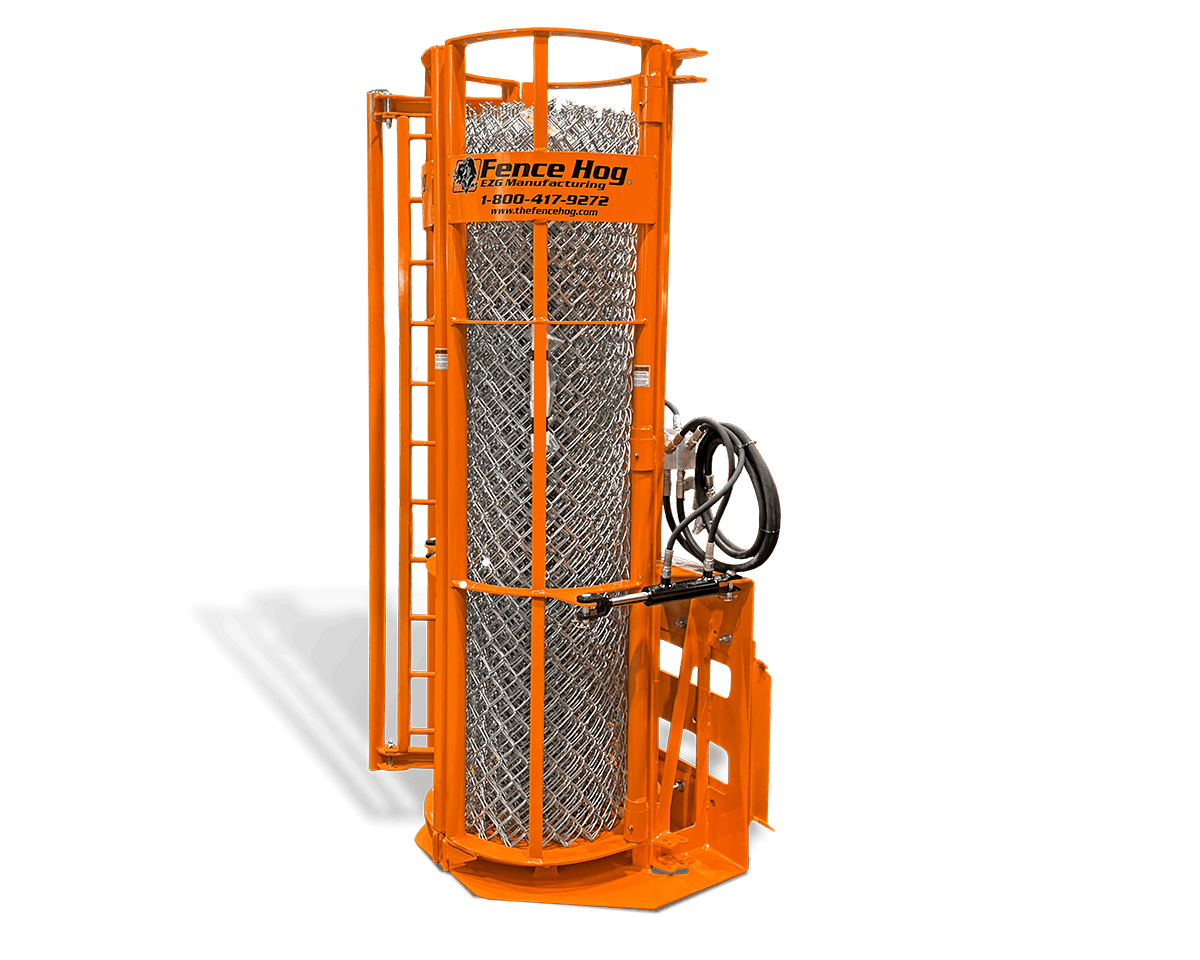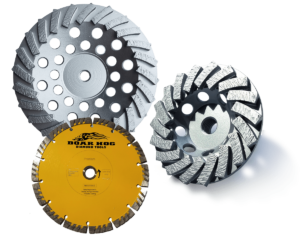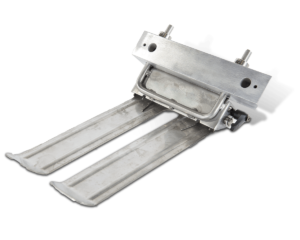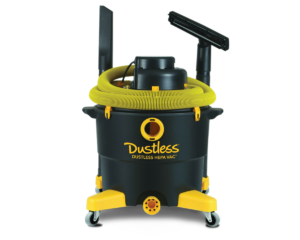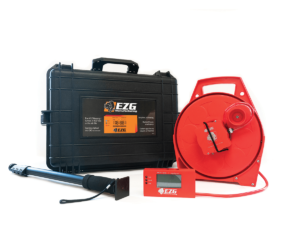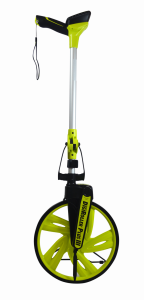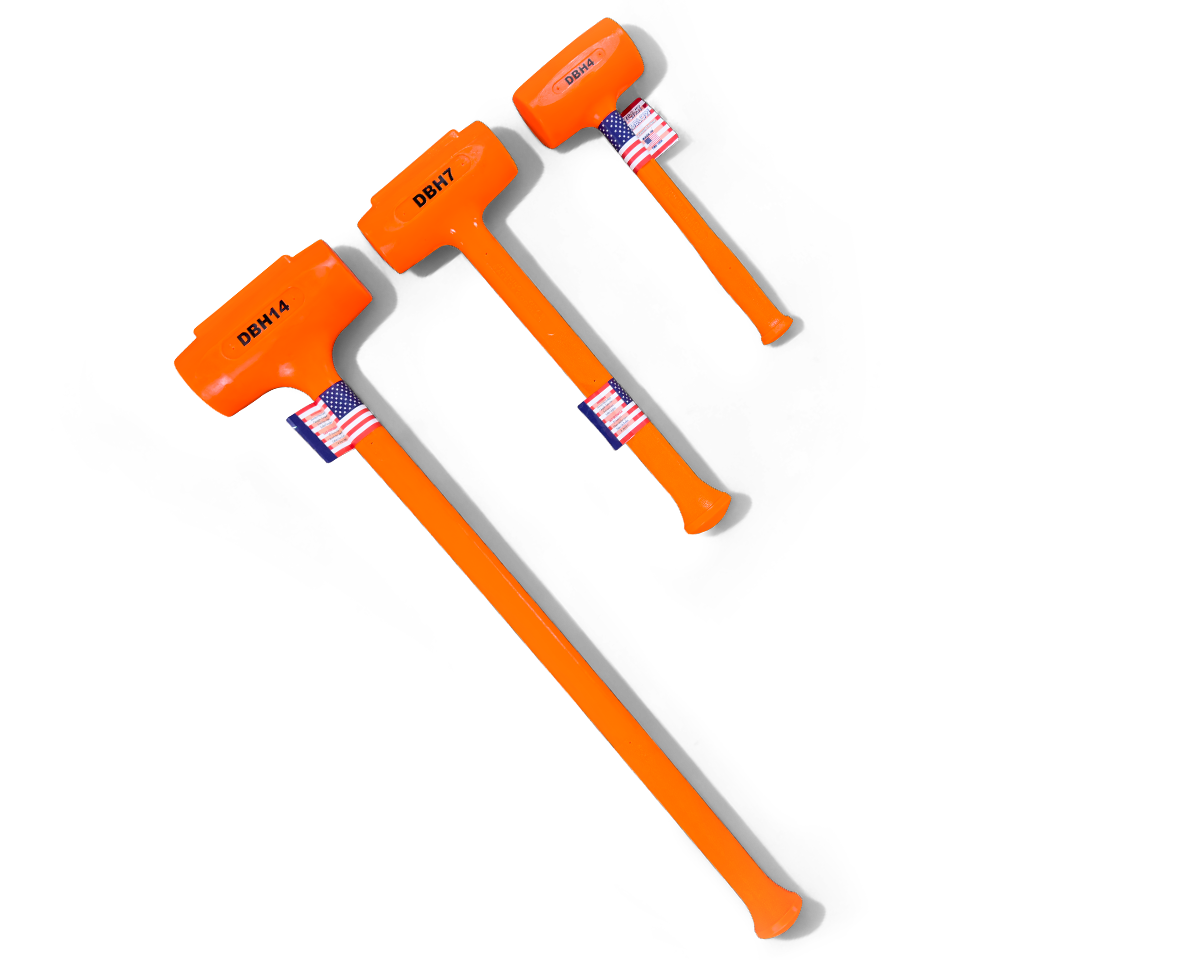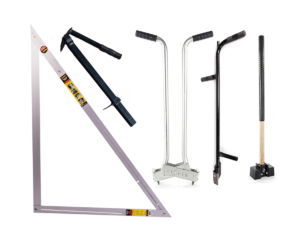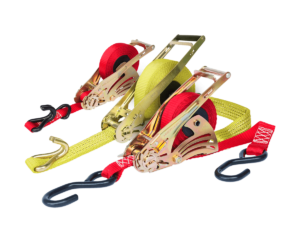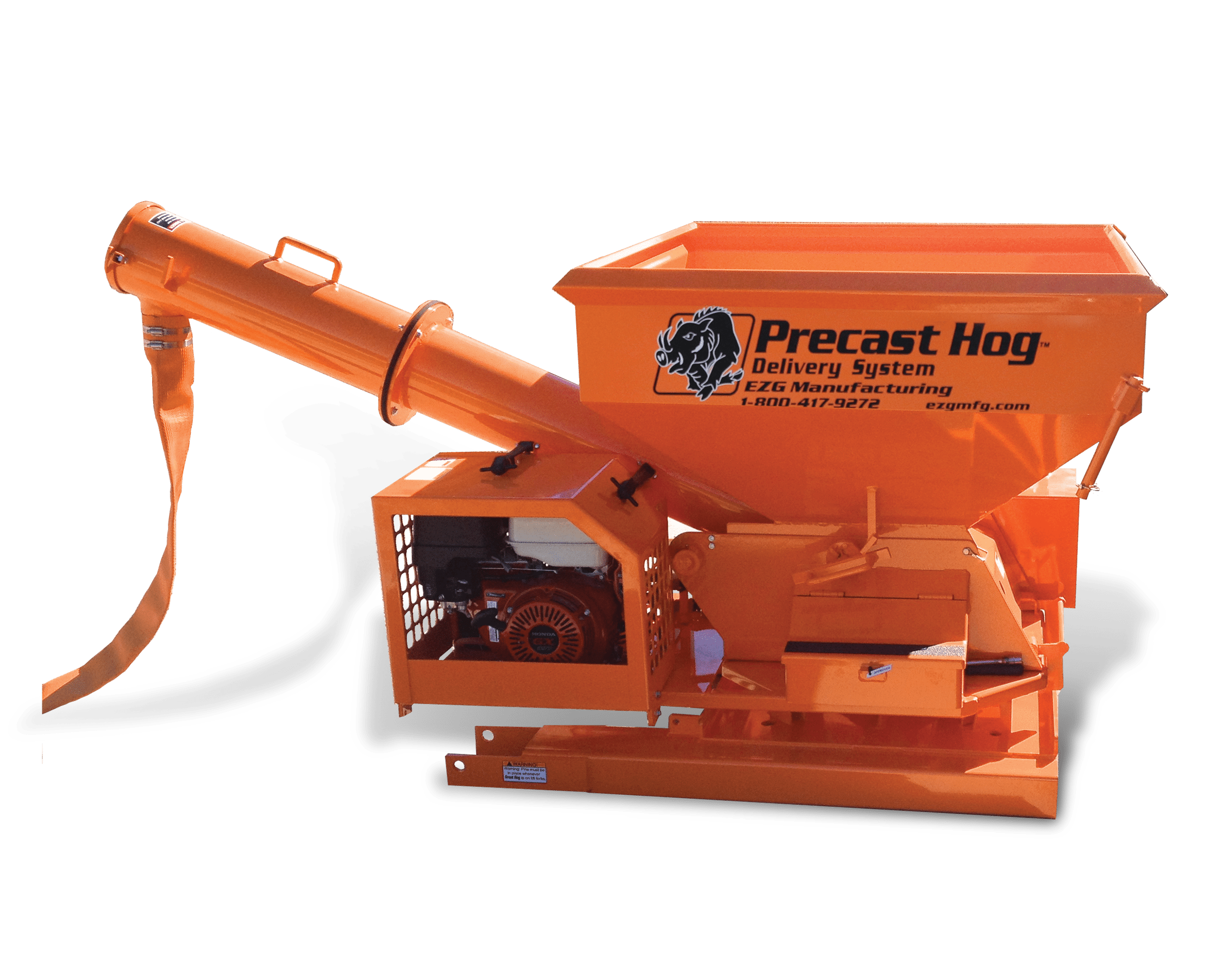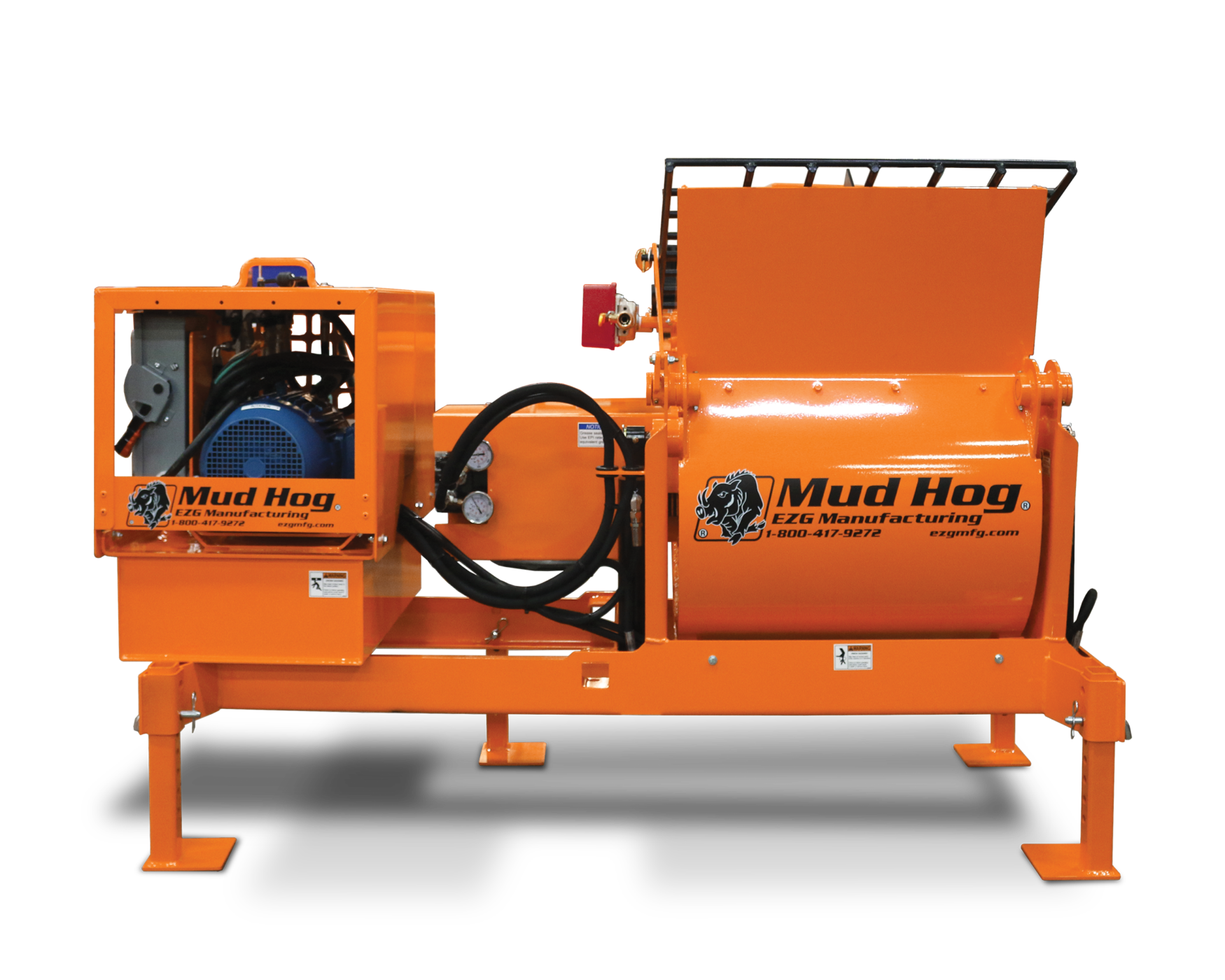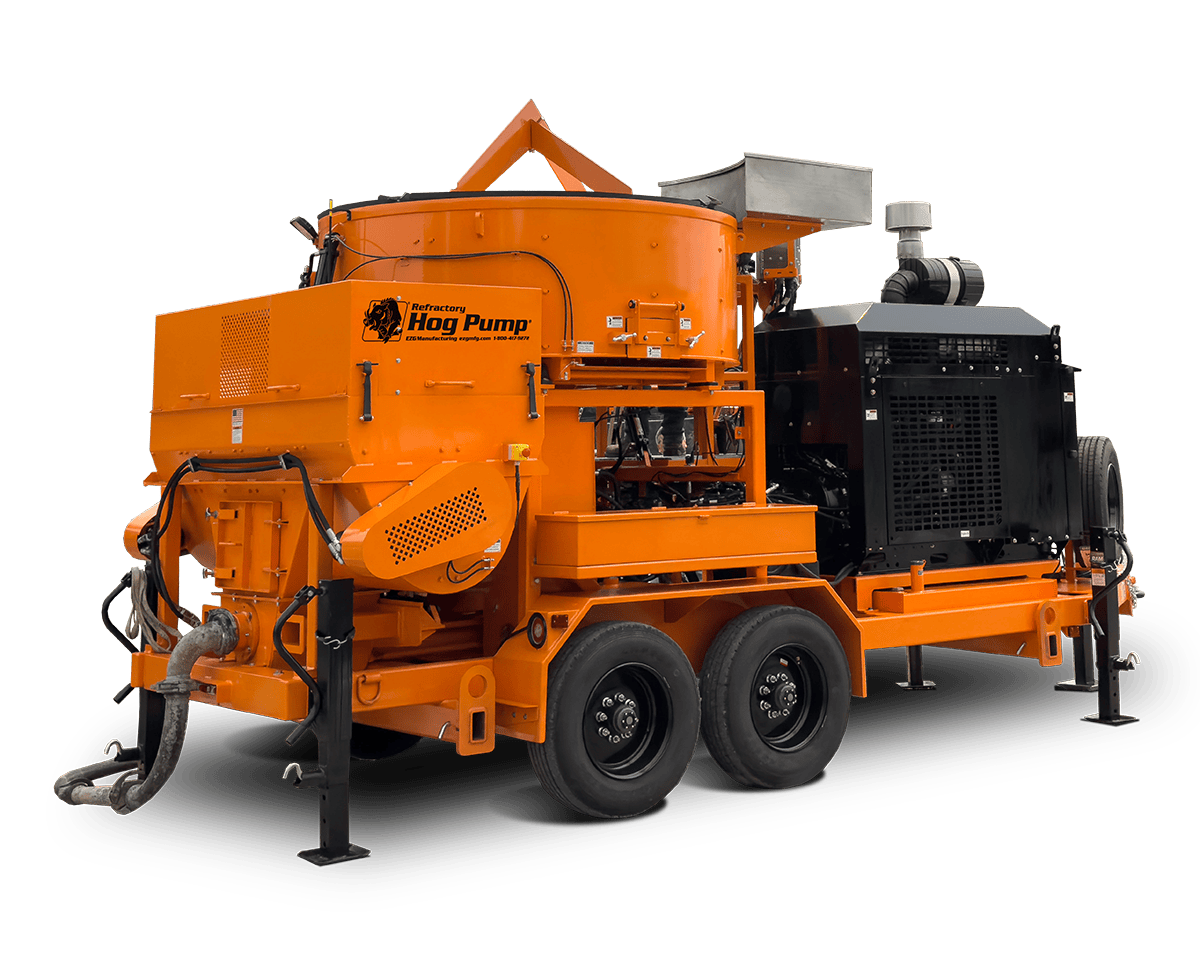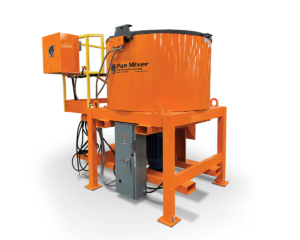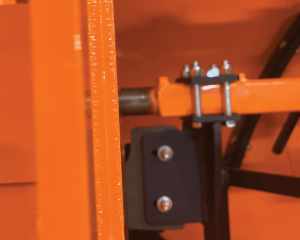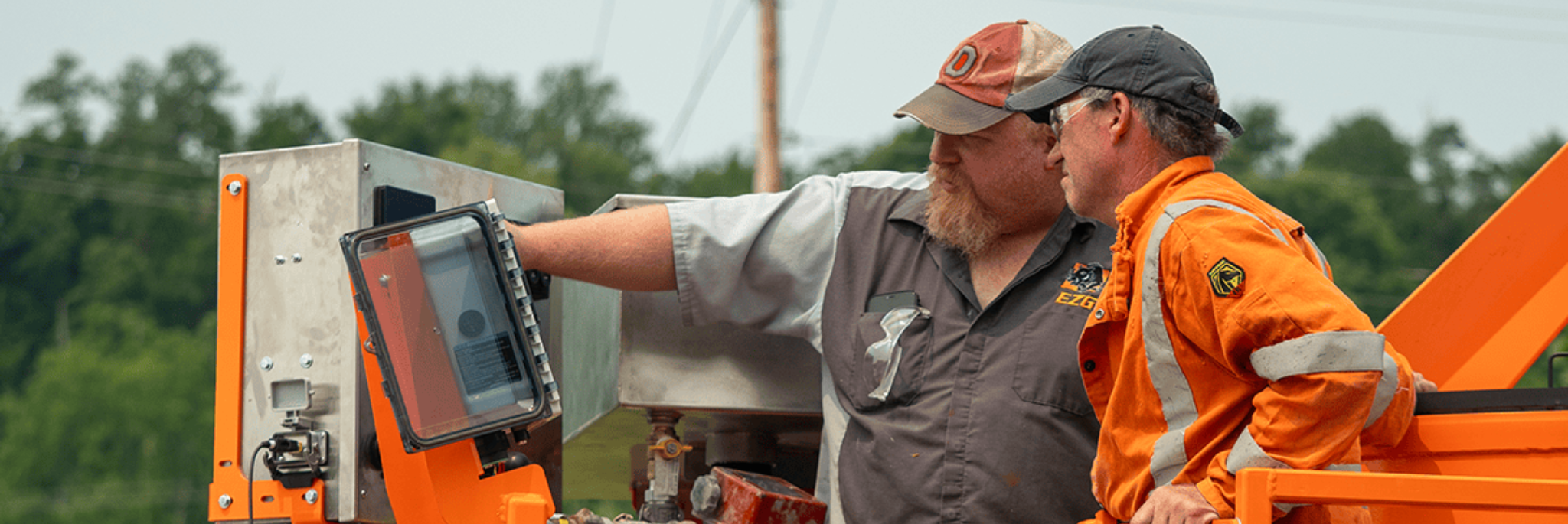When you buy a piece of heavy equipment, you’re not just investing in steel and hydraulics, you’re investing in the long-term performance of your job site. And as EZG Manufacturing’s founder, Damian Lang, often reminds customers, only 30% of the equipment’s true cost is in the purchase. The other 70%? That’s paid in the field.
Whether you’re running a masonry crew, managing a precast yard, or keeping fencing and refractory operations moving, one thing is clear: a machine that’s well-maintained will outwork and outlast one that isn’t.
What Is Equipment Maintenance?
Equipment maintenance is the ongoing care that keeps machines running reliably, safely, and efficiently. It’s everything from daily grease-ups to scheduled part replacements. For industries that depend on uptime, like construction, precast, and masonry, maintenance activities are what keep your operation productive.
Whether you’re dealing with a mixer, pump, forklift, or hydraulic fencing unit, your maintenance approach can directly impact how well your machine performs in the field and how long it lasts. Investing in proper equipment management helps reduce equipment failure and improve job site performance across the board.
There’s no standard approach, but maintenance generally falls into a few categories.
Types of Equipment Maintenance
| Type of Maintenance | Description | When to Perform |
|---|---|---|
| Routine Maintenance | Regular tasks like greasing and cleaning | Daily or weekly |
| Preventive Maintenance | Based on usage hours or calendar schedule | At regular intervals |
| Predictive Maintenance | Uses data to anticipate problems | As indicated by monitoring systems |
| Reactive Maintenance | After failure has already happened | Unscheduled, emergency basis |
| Corrective Maintenance | Minor fixes to bring equipment back to spec | After inspection or incident |
Each category plays a role, but the more proactive your equipment maintenance strategy is, the better your chances of avoiding downtime.
What Counts as Maintenance?
These maintenance tasks should be done at regular intervals to keep your machinery in peak working condition:
- Greasing bearings, seals, and joints
- Changing filters and fluids
- Adjusting wear components (like paddles or belts)
- Testing hydraulics or electrical systems
- Replacing worn-out seals, gaskets, or hoses
- Cleaning to remove buildup or prevent corrosion
- Recording performance trends for early detection
Why Maintenance Matters in the Field
In field operations, a solid maintenance program creates a ripple effect across every part of the project.
1. Reduce Downtime and Keep Projects on Schedule
The biggest threat to your schedule is a machine sitting idle. Equipment downtime is expensive. When a piece of equipment fails, the entire crew may be forced to stop, wait for repairs, or shift to manual labor, resulting in missed deadlines and higher labor costs.
Let’s say your grout pump goes down on a precast job. You can’t just run to the nearest rental yard and grab another. Parts may need to be ordered, techs dispatched, and timelines adjusted. That’s hours, or days, lost to something that could have been avoided with proactive maintenance.
2. Extend the Lifespan of Expensive Equipment
EZG machines are built to last. We use 3/8″ steel where others use thinner materials. But even the toughest machines need care. Heavy machinery that’s regularly greased, cleaned, and serviced is more likely to operate at peak performance well into its second decade of use.
Compare that to a similar unit that gets neglected: shafts wear down, bearings fail, rubber paddles crack from over-adjustment. Within a few years, you’re either facing major equipment repairs or looking at replacement.
3. Keep Maintenance Costs Predictable
Maintenance costs are a part of doing business, but reactive maintenance costs are almost always higher.
- A new seal: a few bucks
- A new shaft due to seal failure: hundreds or more
- Emergency technician labor: double the rate
- Lost productivity: unmeasurable
Predictable, routine inspections like oil changes, filter swaps, and inspections keep maintenance costs low and scheduled, instead of spiking due to preventable issues.
4. Support Safe Job Sites
Failing equipment doesn’t just slow down jobs but can also create dangerous situations. Safe equipment is well-maintained equipment. Keeping machines in proper working order helps protect your crew and comply with job site safety requirements.
How to Build a Maintenance Program That Works
An equipment maintenance program is about building a system that works for your operation, your equipment, and your crew.
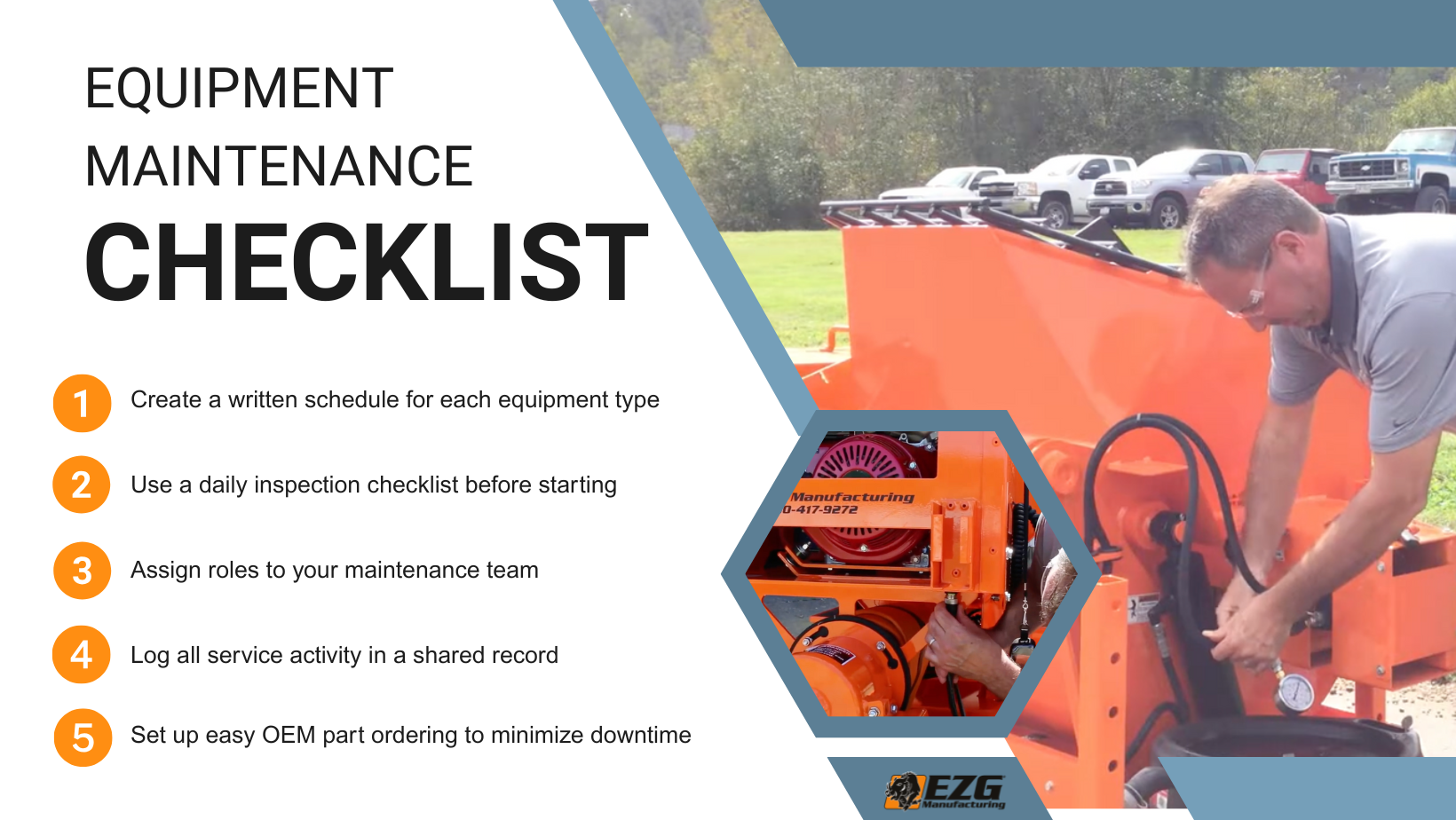
What Should It Include?
- A written schedule based on equipment type and usage
- Daily inspection checklists
- Assigned roles to the maintenance team (technician, supervisor, equipment manager, maintenance manager)
- A digital or physical maintenance log
- Training for new operators on upkeep and warning signs
- An easy way to order OEM parts
The Role of the Maintenance Technician
A solid equipment maintenance program depends on having the right person behind it. The equipment maintenance technician should be a frontline problem-solver who helps extend the life of every machine in your fleet. From tracking service intervals to identifying wear before it becomes failure, this role is critical to keeping your operations consistent and productive. Supporting your technician with the right tools, training, and documentation helps them stay ahead of issues before they lead to downtime.
Best Practices to Extend Equipment Life
- Stick to a regular schedule for inspections and service
- Use OEM parts instead of third-party replacements
- Document every service, even the small tasks
- Store machines indoors when possible to prevent corrosion
- Train new operators on proper usage and basic upkeep
- Don’t delay small repairs—they often lead to bigger failures
- Set up a shared maintenance calendar across your team
Seasonal Maintenance Considerations
Different seasons bring different challenges for equipment upkeep. In colder months, machines may need additional warm-up time and protection from frozen fluids. During the summer, overheating and dust accumulation are more likely, especially on exposed job sites. It’s also important to prep equipment for long-term storage during off-seasons. Cleaning thoroughly, draining fuel when needed, and covering exposed components to prevent corrosion.
Keeping a seasonal checklist helps crews stay proactive year-round, especially in a manufacturing facility with rotating crews.
How EZG Supports Long-Term Equipment Maintenance
We don’t just ship equipment, but we support it throughout its lifecycle.
What We Offer
- Online parts store for quick reorders
- Step-by-step video tutorials for troubleshooting and repairs
- Responsive support from team members who know the machines inside and out
- Satisfaction guarantee that backs our machines well beyond the sale
Maintenance Pays You Back
Buying quality equipment is a smart move, but taking care of it is what keeps that investment running for the long haul.
At EZG Manufacturing, we build machines designed to take a beating and keep moving. But no matter how tough the steel, proper maintenance keeps your jobs on track, your crews productive, and your construction equipment ready for the next pour, lift, or push.
Ready to start building your maintenance plan? Contact our team or visit our Parts Department to get the resources and parts you need.
